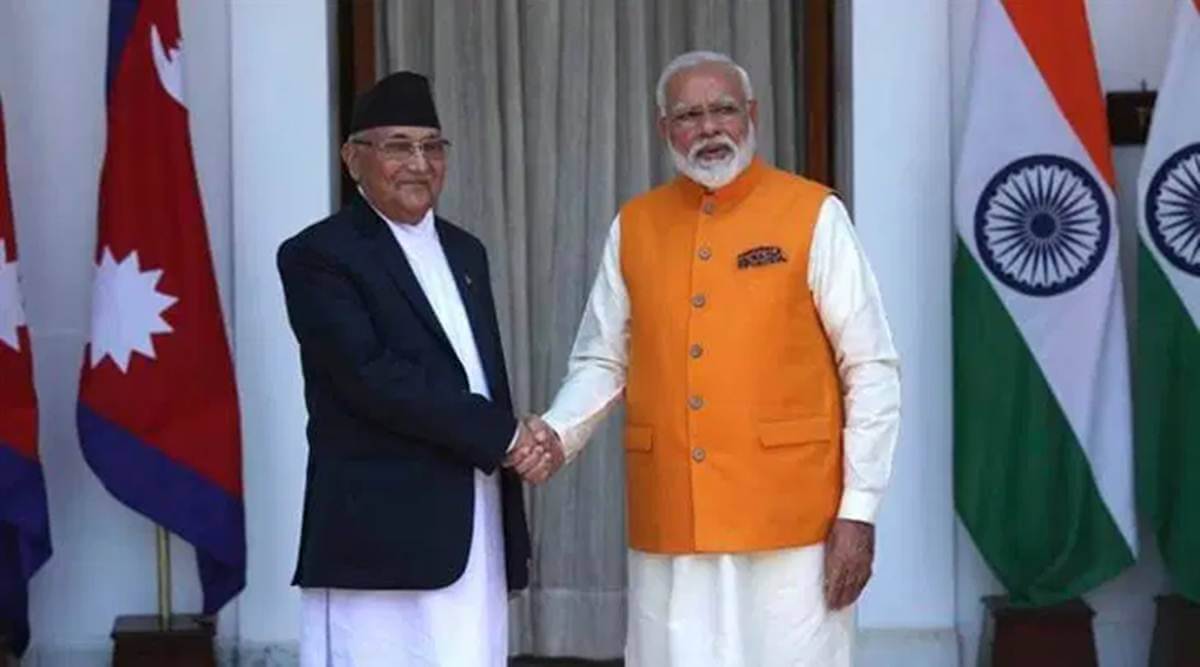India and Nepal on Sunday signed a Memorandum of Understanding (MoU) to construct a 679-megawatt hydropower plant in the Sankhuwasabha and Bhojpur districts of Eastern Nepal. The deal is in pursuance of Indian Prime Minister Narendra Modi’s meeting with his Nepalese counterpart KP Sharma Oli in 2018, when the duo laid the foundation for the project remotely from Kathmandu.
The Kathmandu Post stated that, as per the 2017 estimates, the project will cost $1.3 billion, making it Nepal’s “single-biggest foreign investment project.” The deal was signed by Sushil Bhatta, the Chief Executive Officer of the Investment Board of Nepal, and Nand Lal Sharma, the Managing Director of the Indian state-owned Satluj Jal Vidyut Nigam. While celebrating the deal, Nepalese Finance Minister Bishnu Prasad Paudel said authorities would provide the support needed to expeditiously conclude the project’s development.
As per the agreement, the Indian company will conclude a detailed study of the project within two years from the date of signing. Moreover, it will be established under the “build, own, operate, and transfer” model or the BOOT model, which will eventually confer the entire ownership of the project to the Nepalese authorities. It is the second such hydropower plant developed by India. The first was the $1.04 billion 900 megawatts Arun-3 hydroelectric project established in the Arun River.
The projects solidify India’s energy cooperation with Kathmandu and allow it to access Nepal’s power generation abilities to meet its energy needs. Furthermore, Nepal is strategically situated between India and China, making it a battleground for the duo’s power struggles. While the Nepalese government has been politically inclined towards China, it has always accepted financial assistance from both countries’ firms to enhance its energy production capabilities.
Moreover, India’s projects with Nepal seek to expand its energy infrastructure and create a regional pool in South Asia. India is already purchasing electricity from Bhutan and selling electricity to Bangladesh. In addition, Indian authorities also intend to construct an overhead electricity link with Sri Lanka. By enhancing cooperation with its South Asian neighbours, India aims to create a regional power grid and market and bring in uniform trading regulations. Through this regional alliance, which promotes PM Modi’s “Neighbourhood First” policy, India aims to connect Myanmar, Sri Lanka, Nepal, Bhutan, and Bangladesh to help counter China’s growing influence in South Asia.
India, Nepal Sign Pact to Develop Hydropower Plant in Eastern Nepal
India signed a $1.3 billion pact to develop the Lower Arun Hydropower Project in Eastern Nepal. It has been described as Nepal’s “single-largest foreign investment project.”
July 12, 2021

SOURCE: AP PHOTO
